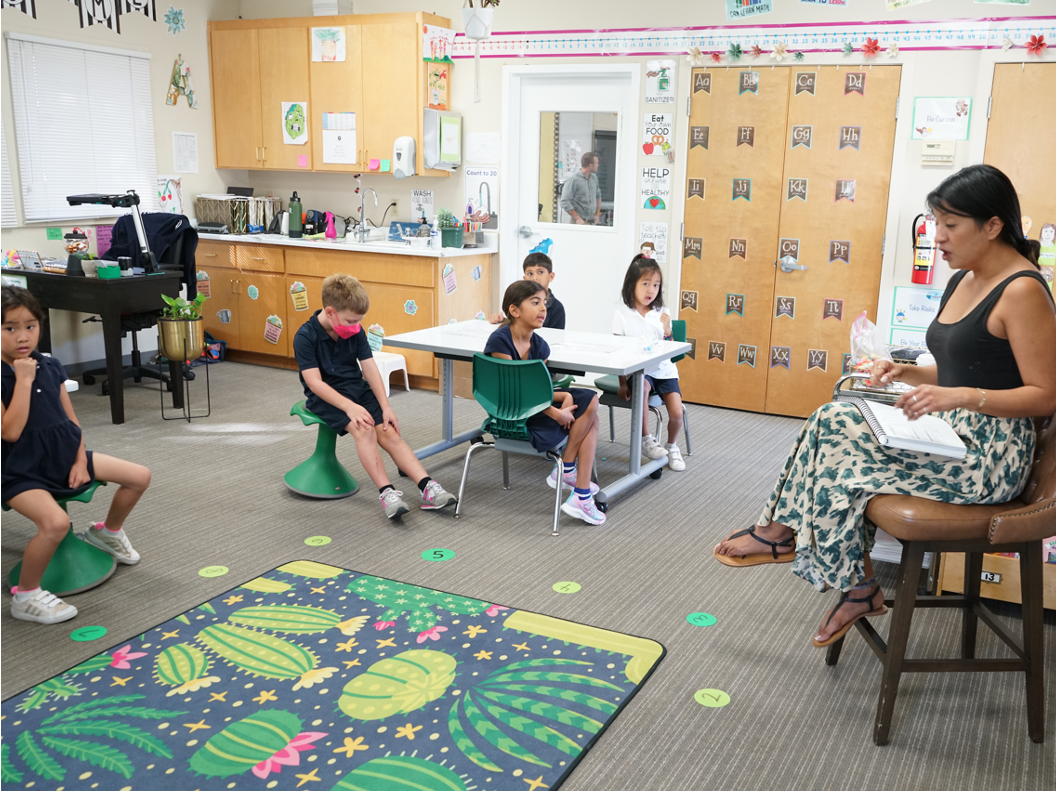“Capes are something that superheroes wear, but you can wear it if you’re not a superhero.”
First grade readers, writers, and spellers are learning about “vowel-consonant-e” words, marking their syllables, and labeling how the vowel “says its name” in a word like cape but not cap, which they already know is a “closed syllable”. Thinking about the label “v-e” students proposed possible meanings for the dash and the v.
“What’s the v and the line and the e mean?”
“Maybe it’s like a ‘minus e’ to show it’s silent.”
Another child supposed, “Maybe the ‘v’ is for vowel? Then it’s like, ‘vowel blank e’ and the blank is where another letter goes.”
After briefly rehearsing sounds for the 16 vowel teams that make 20 different sounds (e.g.-ow snow /o/, -ow plow /ow/), they built words. Building words offers an opportunity not only to practice identifying and producing closed vs. v-e words, it also supports orthography and vocabulary exploration. Students generated lots of pairs of words like not and note, cap and cape, tub and tube, spin and spine, that are similar in spelling but belong to different syllable types. For each word, they came up with more than one example of the definition, e.g. a “tube for sewage” and a “tube for toothpaste.” This exploration builds observation, analysis, vocabulary, and allows children to take turns being an expert in words. It supports students who are developing readers, but also prepares fluent readers to pronounce and spell words that are more complex or that they’ve never seen. Learning the syllable types in a systematic way supports all readers to achieve their highest potential, and can prompt some surprisingly fun discussion.

